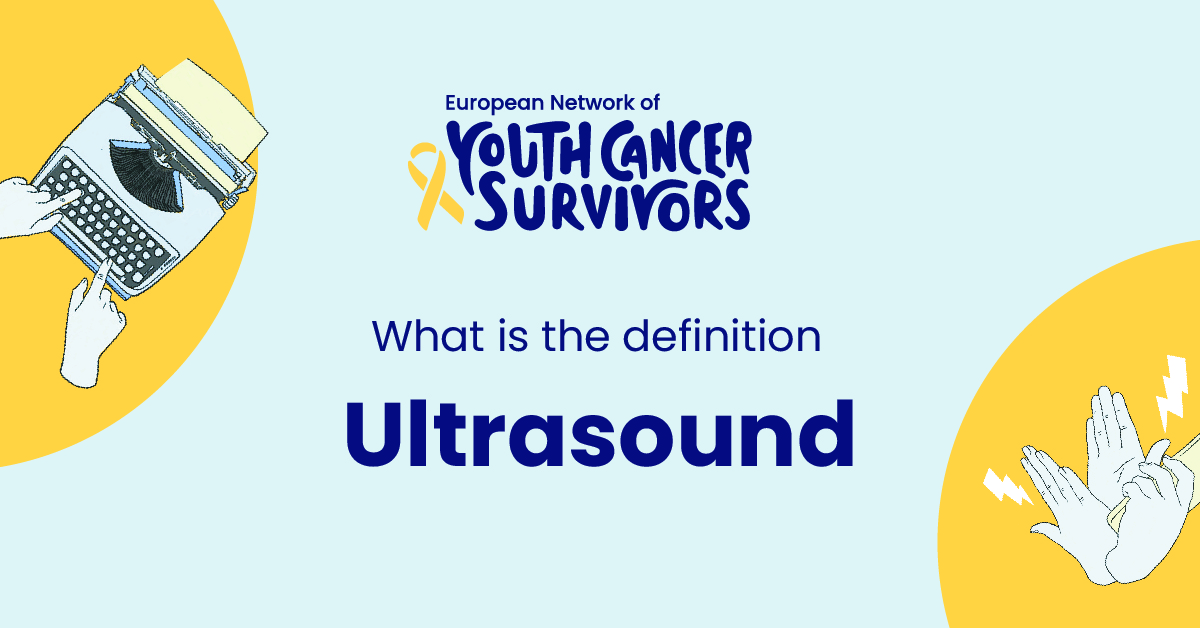
Ultrasound, an essential tool in medical diagnostics and treatment, has become integral to modern healthcare. But what exactly is it, and how does it play such a pivotal role?
Definition of Ultrasound
Ultrasound is a form of imaging technology that uses high-frequency sound waves to create images of organs and structures inside the body. Unlike X-rays, which use radiation, ultrasound is based on sound waves, making it a safer alternative for imaging, especially during pregnancy.
Importance of Ultrasound in Healthcare
The importance of ultrasound in healthcare cannot be overstated. It is a non-invasive and real-time imaging option that allows healthcare professionals to monitor, diagnose, and treat internal diseases without having to resort to surgery.
History of Ultrasound
Discovery and Early Use
Ultrasound technology was first discovered in the late 19th century, with early uses focusing on industrial and marine applications. It was only during the Second World War that the medical potential of ultrasound began to be realized, initially being used to detect bodily injuries in soldiers.
Evolution of Ultrasound Technology
Since its humble beginnings, ultrasound technology has come a long way. Today’s ultrasounds produce clear 3D and 4D images in real-time, allowing clinicians to view real-time function, movement, and status of organs, making and providing invaluable assistance in many medical scenarios.
The Science Behind Ultrasound
Explanation of Ultrasound waves
Ultrasound waves are sound waves above the range of human hearing, typically 20,000 Hertz. These waves can penetrate the body and reflect off surfaces to create images. When an ultrasound device transmits these waves into the body, they bounce back, creating “echoes,” which the device then measures and utilizes to create an image.
How Ultrasound Equipment Works
Ultrasound machines work by emitting, receiving, and interpreting ultrasound waves. Delivering ultrasonic waves into the body through a handheld probe, the machine registers the returning echoes to generate a picture of the interior tissues and organs.
Applications of Ultrasound in Medicine
Diagnostic Ultrasound
Diagnostic ultrasound is probably the most familiar application of ultrasound technology in healthcare. It is used extensively in several disciplines including obstetrics, cardiology, and radiology.
Role of Ultrasound in Pregnancy
Ultrasound has significant use in monitoring the progress of pregnancy. It can track the development of a fetus, determine the baby’s sex, diagnose any abnormalities, and estimate the delivery date.
Use in Cardiology
Cardiologists leverage ultrasound through echocardiograms to visualize the heart, vessel structures, and assess their functionality. This non-invasive method is crucial for diagnosing heart conditions and determining appropriate interventions.
Therapeutic Ultrasound
Beyond diagnostics, ultrasound also features therapeutic applications, typically employing higher energy levels than diagnostic ultrasound. These treatments work by generating heat or agitation in the targeted tissues.
Treatment for Kidney Stones
Ultrasound is commonly used in the breakdown of kidney stones, a process known as lithotripsy. It delivers targeted, high-intensity waves to shatter the stones, enabling their natural removal through urinary tract.
Role in Physical Therapy
In physical therapy, ultrasound may be used to treat various musculoskeletal problems including sprains, strains, and chronic inflammation by stimulating blood circulation and tissue regeneration.
Get to know us better
If you are reading this, you are in the right place – we do not care who you are and what you do, press the button and follow discussions live
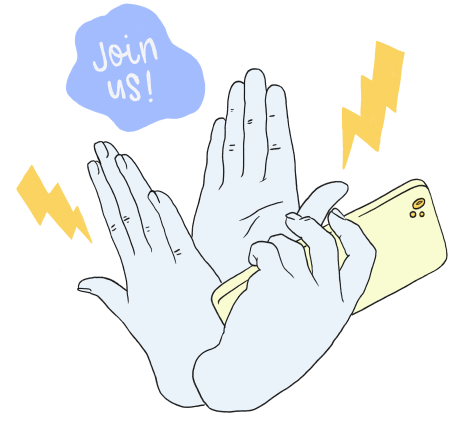
Pros and Cons of Ultrasound
Advantages
Ultrasound possesses many advantages: it’s non-invasive, doesn’t use radiation, provides real-time imaging, can image soft tissues and fluid-filled structures better than X-ray, usually painless, and is relatively lower in cost compared to other imaging methods like MRI and CT scans.
Disadvantages or Risks
Despite its benefits, ultrasound is not without drawbacks. Image quality is heavily dependent on the skills of the operator. It’s also less effective at imaging air-filled organs like the lungs and can’t penetrate bone tissue. Therapeutic ultrasound can also pose risks such as overheating tissues or causing localized burns if not correctly applied.
Innovations and Future Directions in Ultrasound
New Developments
Ultrasound technology is continually evolving. Recent developments include contrast-enhanced ultrasound, elastography for measuring tissue stiffness, and point-of-care ultrasound, simplifying its usage in critical care settings.
Predicted Advances in Ultrasound Technology
The future holds even more promise for ultrasound technology. Potential advances include AI-assisted image interpretation, pocket-sized ultrasound devices for widespread use, and even advanced therapeutic applications such as drug delivery and targeted cancer treatment.
Conclusion
Reiteration of the Value of Ultrasound in Healthcare
The value of ultrasound in healthcare is undeniable. From diagnostic to therapeutic uses, ultrasound technology has markedly shaped our approach to healthcare, enhancing our ability to understand and interact with the human body.
Final Thoughts
Despite the challenges and limitations, the future of ultrasound technology in healthcare looks bright. With ongoing advancements aiming to boost its efficiency and accessibility, ultrasound promises to remain a mainstay in health care, continuing to improve patient outcomes and our understanding of human health.
FAQs
1. What is the process for getting an ultrasound?
Typically, a trained technician applies a gel on the skin in the specific area, which helps the transmission of sound waves. Then, a handheld device (probe) is moved over the area to capture images.
2. How safe is ultrasound technology?
Ultrasound technology is considered safe when used by trained healthcare professionals. There are no known harmful side-effects associated with diagnostic ultrasound when it is used appropriately.
3. Are there any conditions that can’t be detected using ultrasound?
Yes, certain conditions are difficult to detect using ultrasound. For instance, ultrasound waves don’t travel well through air or bone, so it’s not useful for diagnosing problems related to lungs (like pneumonia), brain, and spinal cord, among others.
4. What is the difference between a 2D, 3D, and 4D ultrasound?
A 2D ultrasound produces two-dimensional, flat images of tissue layers. 3D ultrasound generates three-dimensional images that offer better detail and perspective. 4D ultrasound, also known as real-time 3D ultrasound, provides moving 3D images, enabling observation of activities like a fetal heartbeat or movement in real-time.
5. What potential future uses are there for ultrasound technology?
Future uses for ultrasound technology involve AI-assisted image interpretation, drug delivery system, cancer treatment, and the ever-improving portability of devices for use in rural and remote settings.
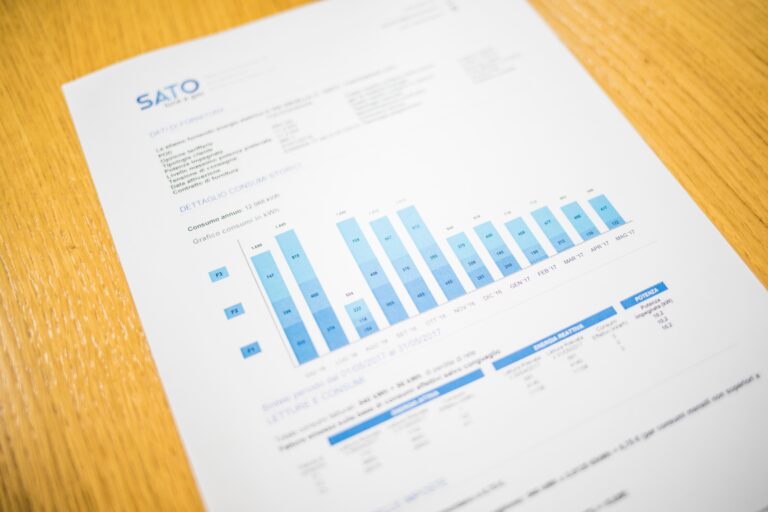





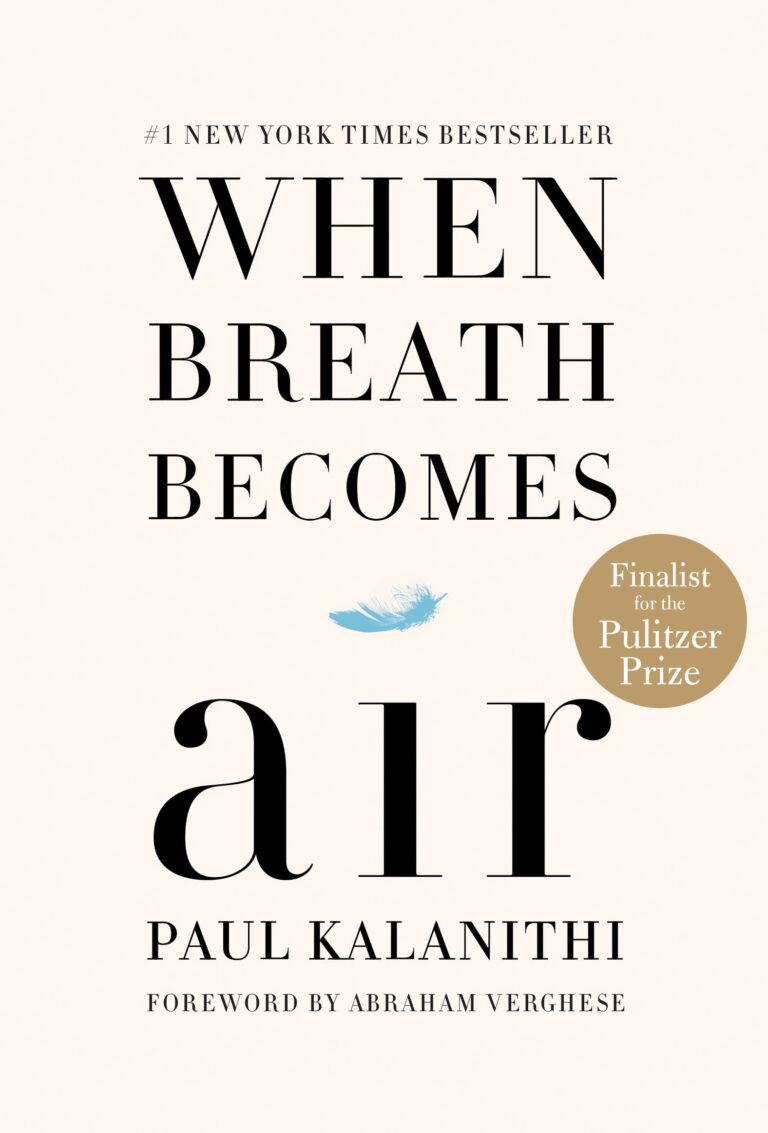
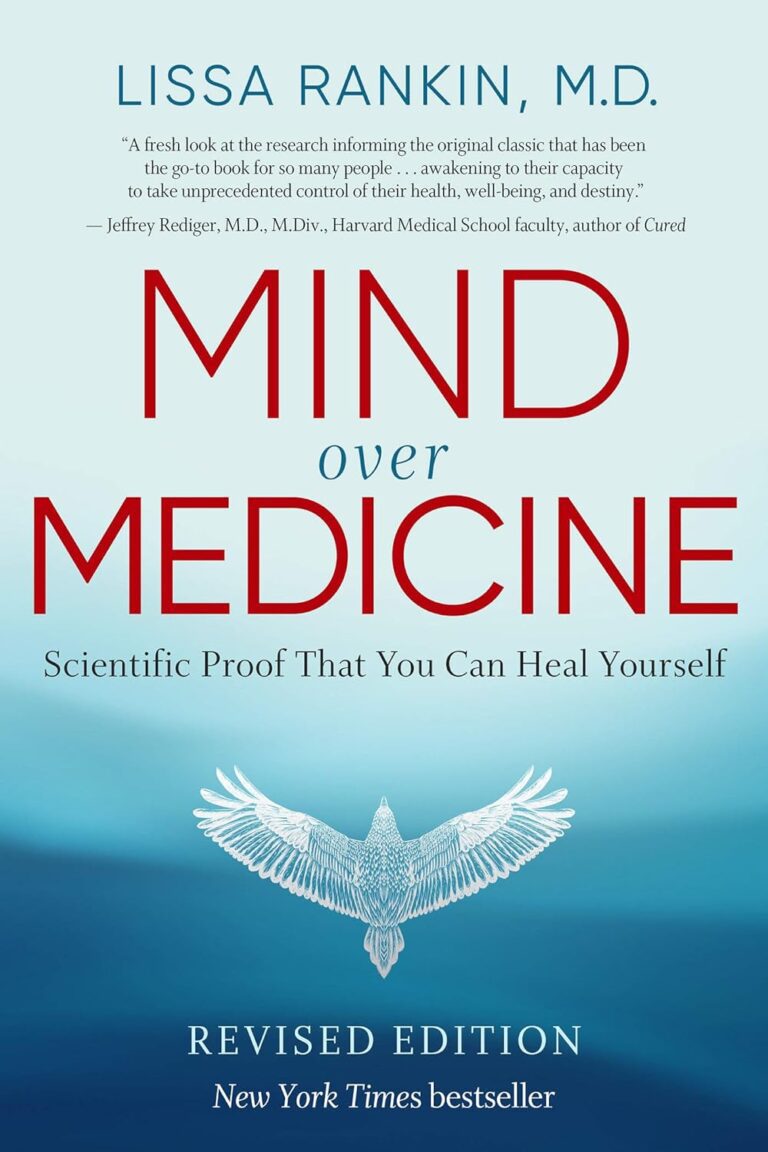

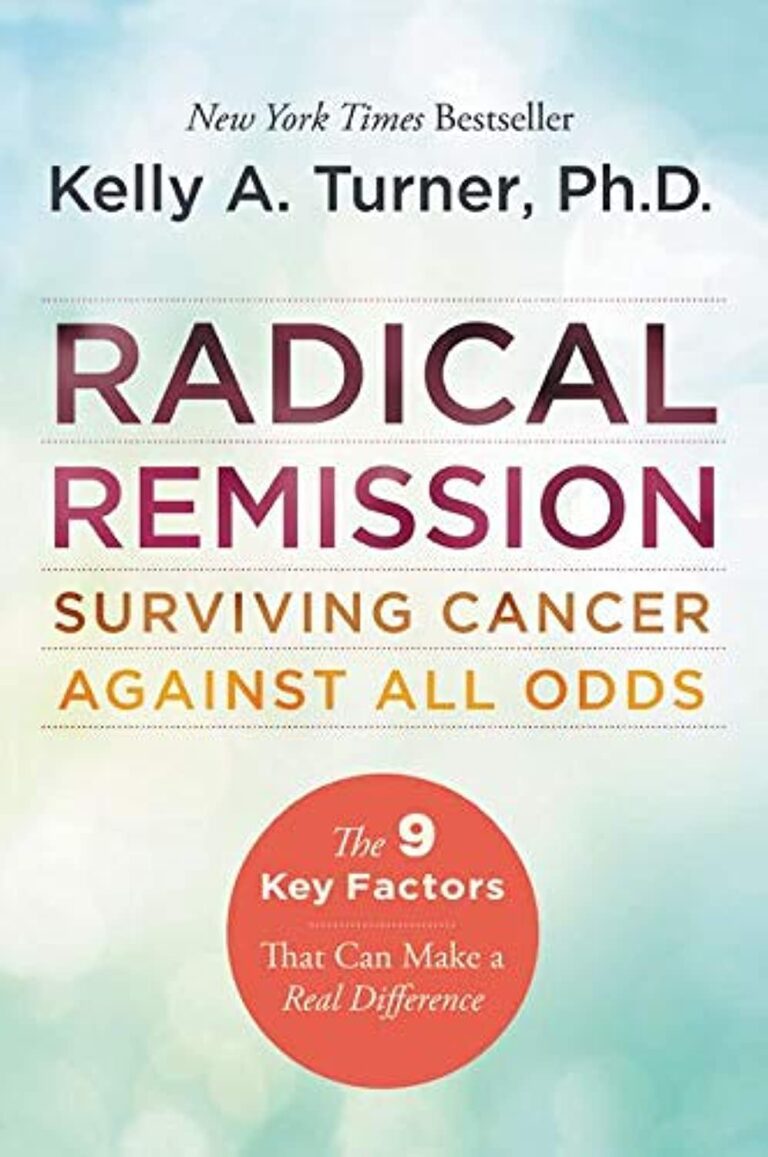



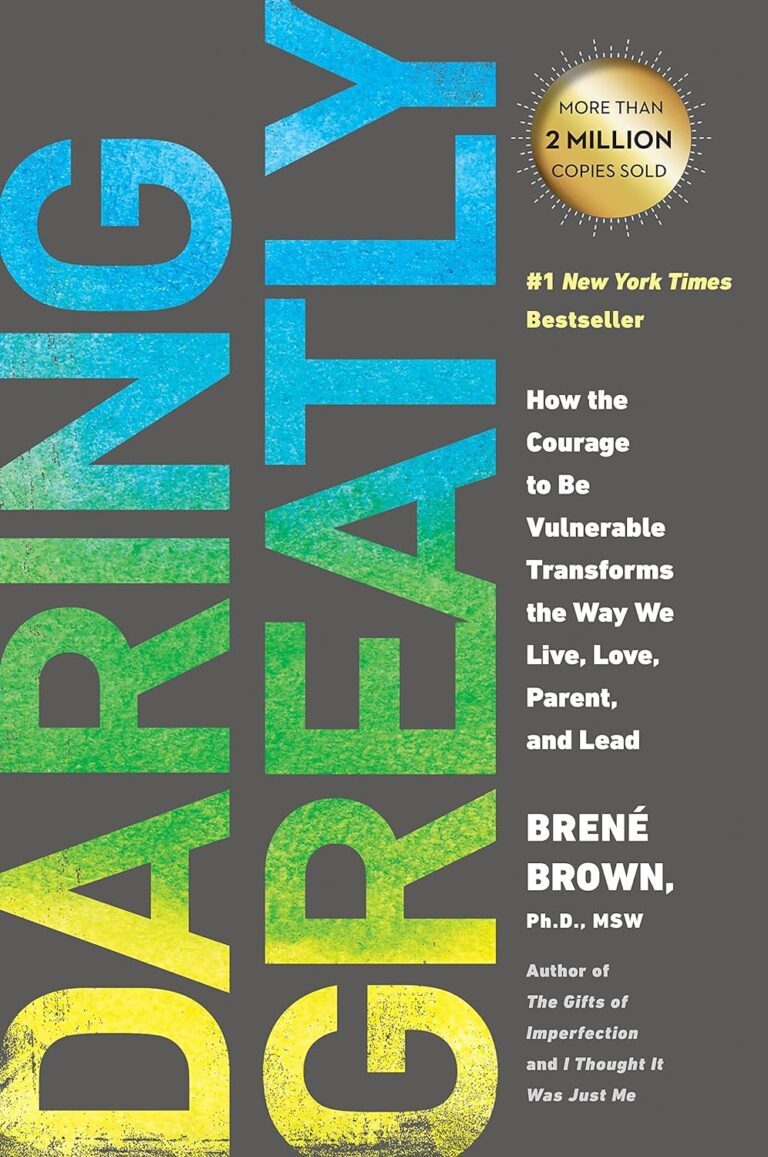
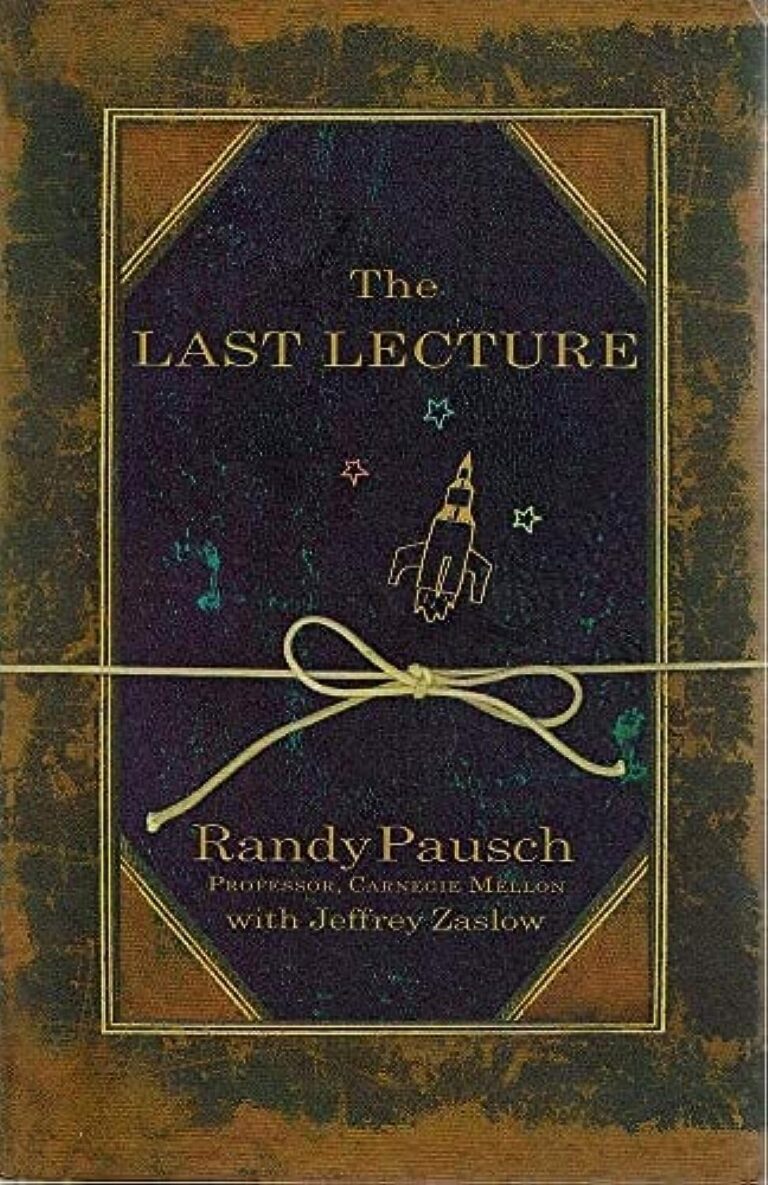
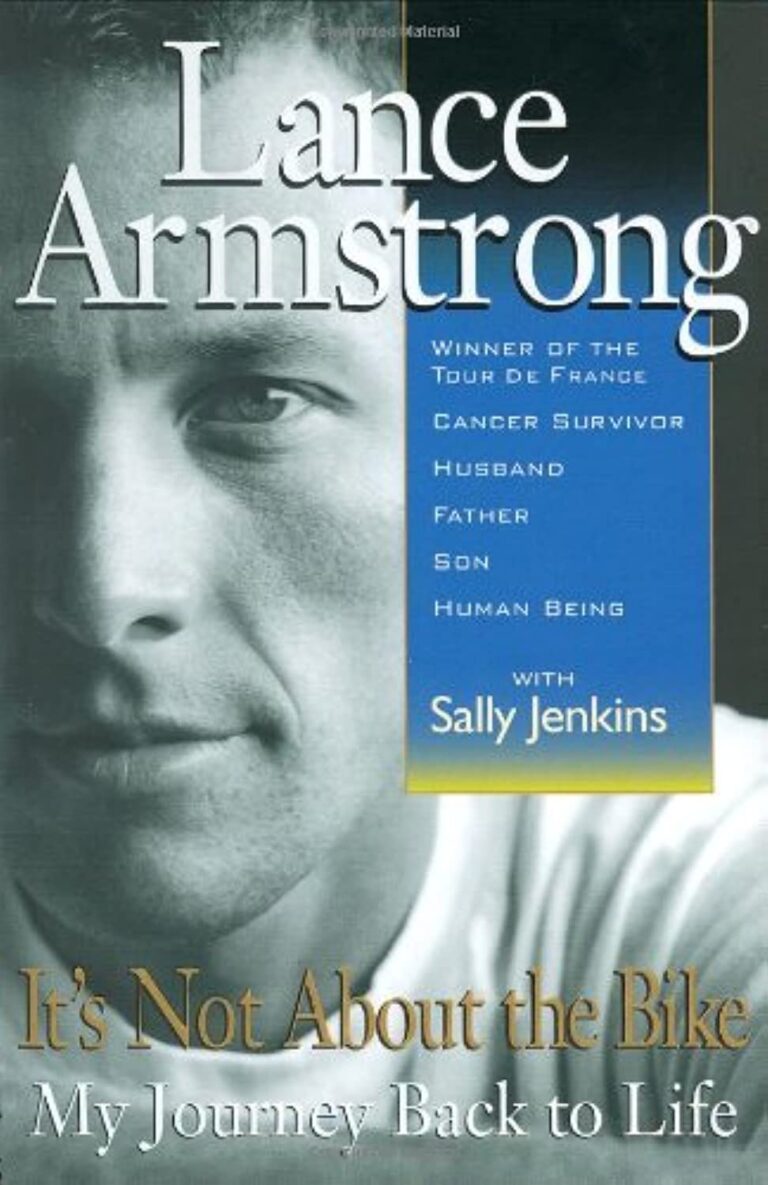
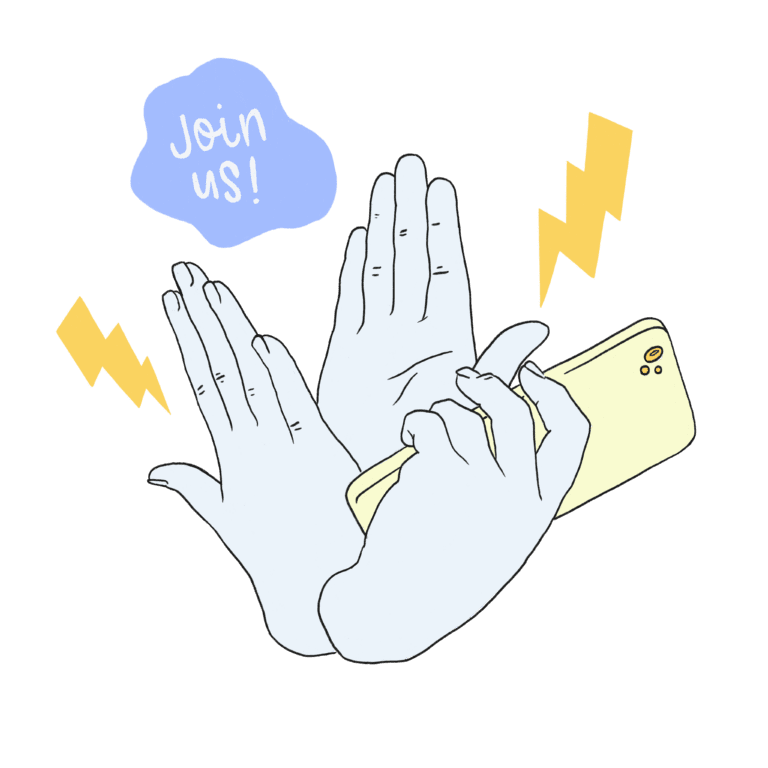
Comments
Thank you. Comment sent for approval.
Something is wrong, try again later